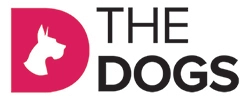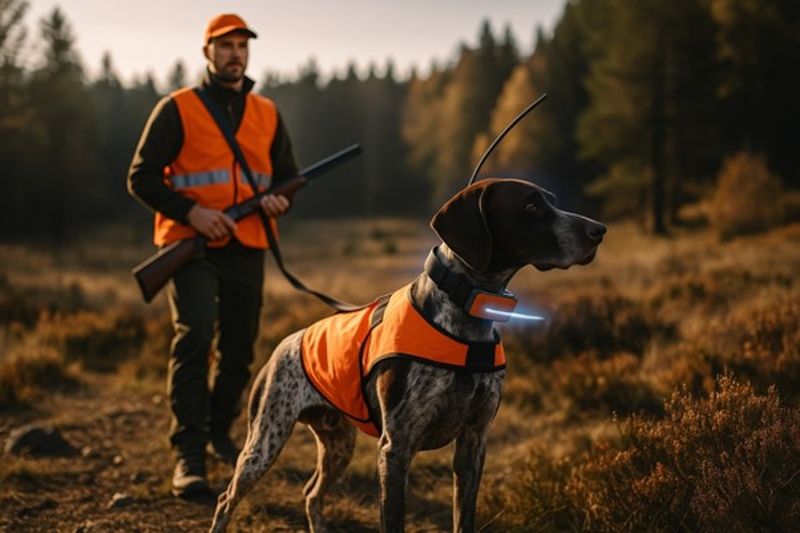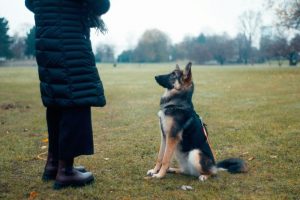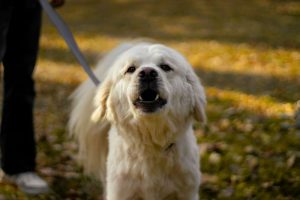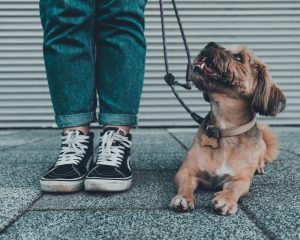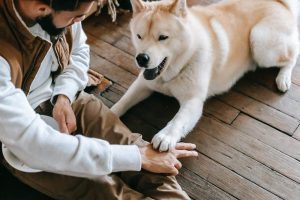Hunting with a purebred dog is a rewarding experience built on trust, teamwork, and natural ability. However, it’s important to remember that a successful outing requires more than just instinct, it demands preparation, caution, and a strong understanding of the environment.
This guide covers the key steps to ensure your hunting trips are safe and enjoyable for both you and your canine companion.
Understanding Outdoor Risks for Hunting Dogs
Natural hunting environments can present a wide range of risks, no matter how experienced your dog may be. Common hazards include:
- Losing sight of your dog in dense brush or over large distances
- Injuries from thorns, sharp rocks, or confrontations with wild animals
- Unpredictable weather conditions like heatwaves, sudden rain, or fog
Understanding these risks and preparing accordingly, such as ensuring your dog is conditioned for the terrain and always accounted for, goes a long way toward avoiding emergencies.
Essential Equipment for Canine Safety
Proper gear is one of the most important tools for keeping your dog safe in the field. Consider the following items:
- A durable protective vest or harness to prevent injuries from underbrush and wildlife
- Reflective or light-up collars for visibility, especially during low-light hours
- An engraved ID tag with your contact details
- A secure, quick-release leash for controlled movements in non-hunting zones
These basics ensure your dog is both visible and protected. Some hunters also use tracking devices to maintain awareness of their dog’s location at all times.
Using Technology to Stay Connected: The GPS Collar Advantage
Even the most disciplined dogs can lose track of their handlers in dense terrain or during fast-paced hunts. That’s why equipping your dog with the best hunting GPS dog collar is essential for real-time tracking and added peace of mind.
These devices allow for:
- Real-time location tracking
- Alerts if your dog strays beyond a set area
- Movement logs that can help assess the day’s activity
Some GPS dog collars offer additional features such as vibration or tone alerts, which can aid in training and reinforce commands remotely. While not every hunter may require these extras, they can be especially useful in maintaining control during extended outings. For those looking to explore a range of reliable options, Peelagreen offers detailed insights into GPS collar features tailored for hunting and outdoor activities, helping owners choose what suits their dog’s needs best.
Training: The Foundation of a Safe Hunt
Before relying on equipment, it’s important to focus on your dog’s physical and mental readiness.
A safe hunting dog is:
- Physically fit, with regular conditioning on similar terrain
- Emotionally balanced, able to remain calm in high-stimulation settings
- Well-trained in recall, stay, and directional commands
Combining traditional obedience with tools like GPS tracking creates a balanced and reliable system that ensures your dog’s safety and your peace of mind.
Nutrition and Hydration: Fueling Your Dog for Performance
Just like hunters prepare their own provisions, dogs also need proper nutrition and hydration to stay strong and focused throughout a hunting trip. Long hours in challenging terrain can quickly deplete your dog’s energy reserves, so ensuring they are fueled with a balanced diet rich in protein and healthy fats is essential.
During the hunt, bring along fresh water and a collapsible bowl to allow for frequent hydration breaks. Dehydration is one of the most common yet overlooked dangers for hunting dogs, especially in warm or humid climates. Lightweight, high-energy snacks formulated for active dogs can also provide a quick boost during long outings. A well-fed and well-hydrated dog is more alert, resilient, and less prone to fatigue-related injuries.
Best Practices During the Hunt
Once you’re out in the field, stay vigilant:
- Monitor your dog closely and look for signs of fatigue or injury
- Take regular breaks to allow for water, rest, and health checks
- Adjust your pace depending on the weather or terrain conditions
- Use apps (paired with GPS collars) to log the areas explored and track patterns in game movement
These steps not only help avoid accidents but also make for a more productive and ethical hunting experience.
Post-Hunt Care and Recovery
The hunt doesn’t end when you leave the field, what you do afterward plays a major role in your dog’s long-term health and performance. After every outing, carefully inspect your dog for cuts, ticks, or hidden injuries that may have occurred during the chase. Gently clean and disinfect minor wounds, and seek veterinary care if anything seems unusual.
Providing a comfortable resting place at home or in the kennel helps your dog recover physically and mentally. Adequate rest, combined with a nutrient-rich meal, ensures they regain their energy and enthusiasm for future hunts. Establishing a consistent post-hunt routine reinforces your bond and signals to your dog that their hard work is valued and appreciated.
Final Thoughts
A successful hunting trip begins with preparation and ends with care. Ensuring your purebred dog is well-equipped, well-trained, and well-monitored protects not only their health but the integrity of your shared experience.
From investing in quality gear to building a strong training foundation, every decision reflects the respect you hold for your companion. When you plan ahead and prioritize safety, hunting becomes not just a sport, but a partnership built on trust and mutual understanding.
